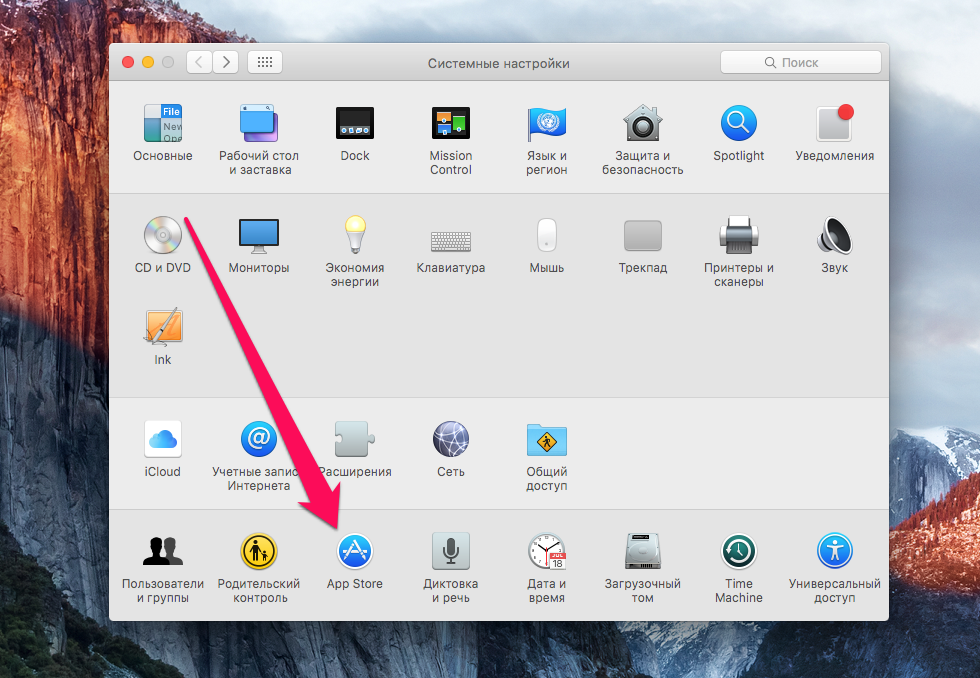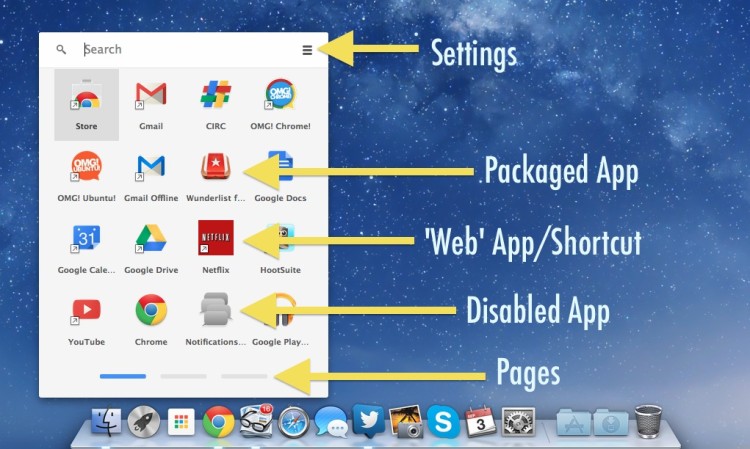
Now it takes less than 2 seconds to find and launch any app. Just drag it where ever you like along the sides or the bottom of the screen. And even rearrange the whole TabLauncher. In this roundup, we put four all-purpose, keyboard-based launchers to the test: Running with Crayons’ Alfred (free, but £17/26 for the highly recommended Powerpack option), Many Tricks. Scriptable, easily automate TabLauncher using AppleScript. Just drag your favorite applications to your tabs and it's done You can also rearrange the tabs by dragging them.Launch or quit applications using events such as, system sleep/wake, screen sleep/wake, user log in/out, shut down or timer.Global shortcut keys to execute any item on your tabs.Simply by placing the mouse pointer over the app's icon. Window previews of all running applications.

Once installed, this area can also be used to launch apps. Customize each icon by changing the image, color, adding a label or crating your own icons. Simply navigate through the list of available apps and connectors, select the version, and install.Add internet radio stations or folders with your music and listen to music all day using very little CPU. Files added to this tab will be added to the folder and vice versa. Tab that represents a specified folder.Tab that displays the most recently modified files on a specified folder.Option to choose between showing all windows, minimized or off screen.
#Tab launcher mac add apps windows

Although they typically run as background apps, they can come to the foreground to present a user interface if desired. Agent apps do not appear in the Dock or in the Force Quit window. If this key is set to 1, Launch Services runs the app as an agent app. TabLauncher will help you find and launch your favorite programs, web pages, folders, or any type of files in a fast and easy way. LSUIElement (String - OS X) specifies whether the app runs as an agent app.


 0 kommentar(er)
0 kommentar(er)
